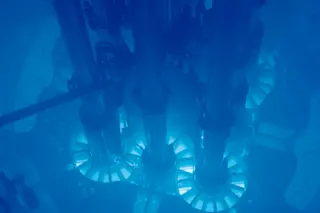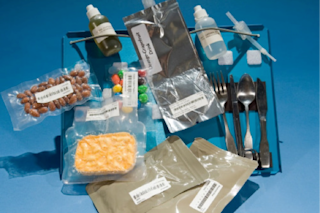Cherenkov radiation glowing in the core of the Advanced Test Reactor at Idaho National Laboratory. (Credit: Argonne National Laboratory) When we hear the word “radiation,” we tend to think of atomic bombs (like the ones that fell on Hiroshima and Nagasaki), or environmental mishaps like the three-eyed fish living outside Springfield's nuclear power plant on The Simpsons. But radiation – a term that refers to the transmission of energy through waves and particles – is not always a destructive force. “The word radiation is a lot broader than people realize,” says Johnathan M. Links, a medical physicist and professor at Johns Hopkins School of Public Health. “When people say radiation, what they usually mean is ionizing radiation, which has sufficient energy to eject electrons from atoms. Non-ionizing radiation doesn't have that capability, and that's an important distinction. When you eject electrons from atoms you can break chemical bonds, and that's ...
From Marie Curie to the Demon Core: When Radiation Kills
Discover the dangers of ionizing radiation exposure and its link to Acute Radiation Syndrome and radiation sickness symptoms.
More on Discover
Stay Curious
SubscribeTo The Magazine
Save up to 40% off the cover price when you subscribe to Discover magazine.
Subscribe








